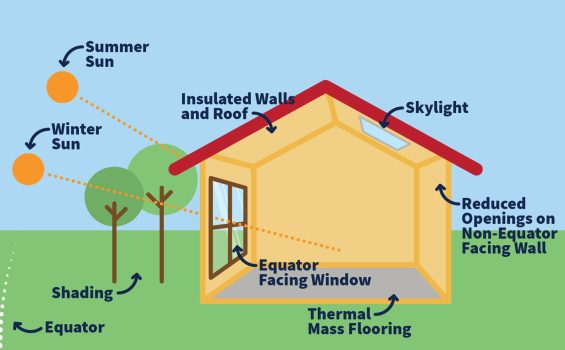
UN Climate Finance
1 November 2024
At a global level, climate finance will continue to be a major topic at the Conference of the Parties or COP meetings* and is a key focus at COP29 in 2024. At COP28 in 2023, 31 countries pledged USD12.8 billion, with further contributions expected. Some of these funds were pledged to the Least Developed Countries Fund and Special Climate Change Fund (USD 174 million as of June 2024) with more funds pledged to the Adaptation Fund (USD188 million), noting that pledges are not actual payments. The OECD tracks climate finance by developed countries. Its latest report, ‘Climate Finance Provided and Mobilised by Developed Countries in 2013-2022’ suggest that by 2022 the USD$100 billion climate finance target had been met. But will this be enough?
The Global Environment Facility (GEF) and the Green Climate Fund (GCF) created in 2010 at COP16, are ‘operating entities’ disbursing funds. In addition, there is the Special Climate Change Fund (SCCF) and the Least Developed Countries Fund (LDCF), both managed by GEF. Plus, there is an Adaptation Fund managed by a separate board for countries particularly vulnerable to climate change set up by the Kyoto Protocol. Nonetheless, private finance is also needed when tackling these problems, as well as using public funds.
There are three main uses for climate finance and funds:
Mitigation – to support activities that mitigate climate change and reduce greenhouse gas (GHG) emissions. There is a lot of focus on this type of financing, and it is currently receiving the largest proportion of funds.
Adaptation & Resilience – to prepare countries for the impacts of climate change such as sea level rises or extremes of temperature.
Loss and Damage – a new form of finance that aims to put right any damage that occurs due to climate change. This has received the least financial attention to date.
The needs and priorities of developing countries to mitigate and adapt to climate change must be supported by developed countries so the world can reach its 1.5 Paris Climate goals. This is the principle of “common but differentiated responsibility and respective capabilities” meaning essentially that rich countries should assist developing ones.
Whilst the amount of funding available is growing, it is still not enough to meet the urgent and extensive needs of global climate action. Nor is it necessarily being spent in the best way. The funds supporting developing countries and vulnerable communities which are most affected by climate change and are the least able to fund their own mitigation, adaptation and resilience, or loss and damage are inadequate. Significant increases in funding, along with enhanced international cooperation and innovative financial solutions, are essential to effectively combat climate change.
The cost of inaction for the world would be far greater in the future than the cost of taking action now.
Sources/References:
* The Conference of the Parties (COP) meets annually since 1995 to monitor and review the implementation of the Convention and to coordinate international efforts to address climate change.
‘Markets are Moving: The Economic Costs of Australia’s Climate Inaction’, Climate Council of Australia, 2021


Discussion